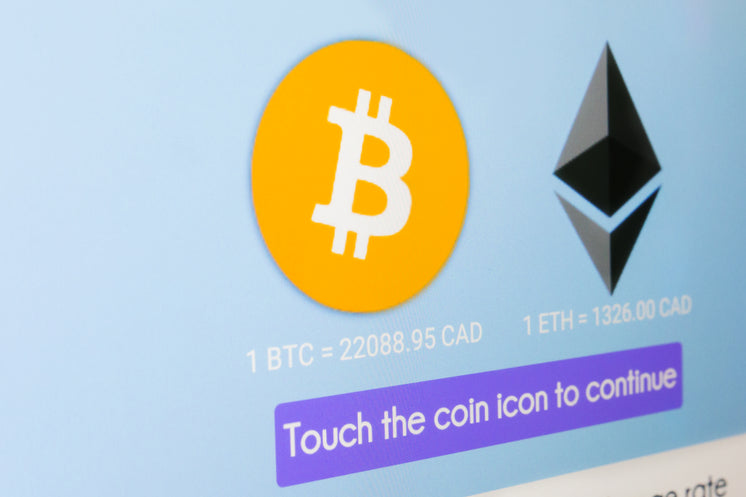Top NFT Blockchains in 2022 – NFTexplained
Warning: Undefined variable $PostID in /home2/comelews/wr1te.com/wp-content/themes/adWhiteBullet/single.php on line 66
Warning: Undefined variable $PostID in /home2/comelews/wr1te.com/wp-content/themes/adWhiteBullet/single.php on line 67
|
| Articles Category RSS Feed - Subscribe to the feed here |
|
|
Top NFT Blockchains in 2022.
NFTs are digital assets that represent real-world objects, including art, media, in-game items as well as properties and lands. All data regarding ‘proof of ownership’ of these digital assets is securely recorded on a blockchain that the developer has chosen to deploy their NFTs on.
NFT marketplace grew rapidly in 2021(21000%) and has started reducing in value in 2022. NFTs are not made equal as they have different levels of rarity and value, all are unique and therefore non-fungible. Thus choosing the best blockchains for NFTs can be a tricky subject as this will determine many important things, including transaction speed, NFT smart contract functionality, and consensus mechanisms among other technical aspects.
Whether you want to mint or purchase an NFT, the blockchain it’s based on is an essential element. Nobody can definitely say which blockchain is the best for an NFT. It’ll all depend on what the person minting the NFT wants to give its potential holders and what the person buying it wants to gain from it.
Inexperienced users and crypto wallet may make money even some veterans in the field can get confused as there are so many options to choose from. Let’s explore the most popular blockchains for NFTs in 2022 and explain why each of the blockchains is the most reliable to trade NFTs.
1. Ethereum.
Ethereum is the most popular blockchain for NFTs and provides all the financial and legal services one typically needs for transactions without the need for any intermediaries. This blockchain uses a proof of work (PoW) mechanism but it plans to move to the proof of stake (PoS) mechanism with Ethereum 2.0 as PoS has a lower entry barrier compared to PoW and there is almost no ongoing cost associated with it.
Now, to become a validator in Ethereum, 32 ETH must be deposited. Moreover, Ethereum houses some of the most popular NFT marketplaces (OpenSea), NFT projects (CryptoPunks and the Bored Ape Yacht Club), and NFT artists (Pak and Beeple).
As Ethereum works using a Proof-of-Work (PoW) mechanism it is considered one of the most expensive options because uses a lot of energy. In nutshell, PoW requires computers to compete with one another to solve complex puzzles to add blocks and transactions to the blockchain. However, you should consider this blockchain first when deciding where to mint thanks to its popularity, security, decentralization, and ease of use.
2. Solana.
Solana is one of the fastest programmable blockchains and interest NFT projects offers a high throughput and minimal fees compared to Ethereum, the NFT industry leader. Its unique combination of proof-of-history (PoH) and proof-of-stake (PoS) consensus mechanisms result in substantially reduced validation times and invest in nft fees.
Solana is standing strong with over 400 projects in NFTs, DeFi, and general Web 3.0 applications. This blockchain is one of the first alternatives to consider for minting or trading NFTs and performs over 65.000 transactions per-second at exceptionally low fees.
The blockchain has grown at an exceptional pace during the last couple of years and features two of the biggest NFT marketplaces in existence, Solanart, and Magic Eden. Besides its price, efficiency, and accessibility, Solana’s other attractive element is that it is a low-carbon blockchain platform, addressing one of the biggest concerns that blockchain technologies tend to raise.
However, Solana is still much less widely known than Ethereum, meaning there are both fewer NFT marketplaces and fewer people trading on the blockchain. Ethereum remains unmatched in the realm of liquidity which is key for both collectors and developers.
In addition, there is another worrying concern about the Solana network – it has suffered from occasional slowdowns and several network outages in approximately the first six months of 2022, including a six-day network shutdown between January 6th – January 12th.
3. Binance Smart Chain (BSC)
Binance Chain is also known as BNB smart chain and was first launched by Binance in April 2022. Binance Smart Chain mainly focuses on facilitating fast, decentralized NFT trades.
Binance Smart Chain (BSC) is an Ethereum Virtual Machine (EVM)-a compatible blockchain that runs alongside – but independently from – the Binance Chain. This is important as it allows throughput on the Binance Chain to continue uninterrupted while introducing smart contract functionality to the ecosystem.
BSC operates using the BEP-721 token standard which allows NFT creation on the blockchain. Besides, the standard lets many Ethereum-based NFT developers use similar tooling on BSC with few changes.
Binance Smart Chain operates using the Proof-of-Staked Authority (PoSA) consensus model that enables ultra-fast trading with lower fees. The trading volume for NFTs has increased considerably in 2022 which puts BSC among the highest volume chains for NFT trading.
However, there has been little chance to turn it into one of the best blockchains as BSC is not adopted as an NFT platform. To date, there have been very few notable NFT collections released on BSC.
On the other hand, Binance Smart Chain is restricted to allow only 20 active validators working daily on the network. These validators are selected randomly by Binance Chain. As the result, a larger number of potential developers are put off. This also leads the market to get a smaller share of the NFT market.
Conclusion.
NFT market is fun and exciting, but also risky if the proper research isn’t made. As we mentioned above, Ethereum now dominates the NFT market followed by the Solana blockchain. Gas fees and decentralization of the blockchains are some of the important factors which make these blockchains favorable to NFT developers and investors. Thus the rather high fees of Ethereum make it unfeasible for some smaller investors.
Join the Discussion.
Comments, questions, interest NFT projects suggestions?
Join the discussion on our Facebook page and be part of the fastest growing NFT community of creators, collectors and everyone in between.
Find more articles written by
/home2/comelews/wr1te.com/wp-content/themes/adWhiteBullet/single.php on line 180